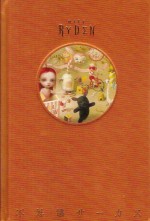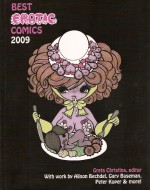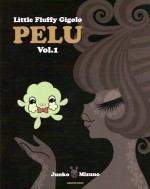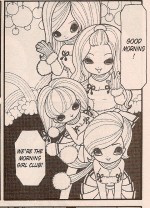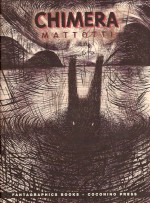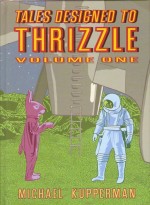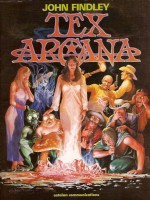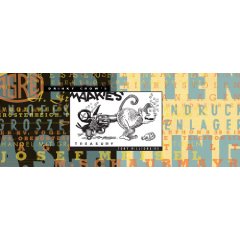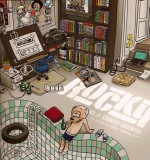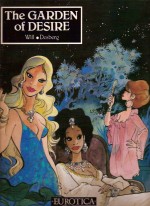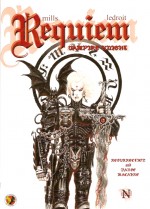
By Pat Mills & Ledroit (Panini Books UK)
ISBN: 978-1-84653-437-9
As is so often the case Europe is the last and most beneficial arena for the arts and untrammelled creativity, and none more so than comics and sequential narrative. For some reason the Continent cherishes the best of the world’s past as well as nurturing the fresh and new, without too much concern for historical bugbears of political correctness, gaffes and contemporary censoriousness – which is why so many British and American strip creators produce their best work there.
Perhaps it’s simply because they revere not revile popular arts as much as classical ones….
Requiem Vampire Knight is an impressive example of self-publishing done right, and happily with commensurate rewards. For years writer Pat Mills wanted to break into the European market and in 2000 he did so by setting up Nickel Editions with publisher Jacques Collin (whose Zenda Editions produced some of the nicest looking albums of the 1980s) and artist Olivier Ledroit who illustrated the first four books of the incredibly popular Chroniques de la Lune Noire (Black Moon Chronicles) for Zenda before the series transferred to Dargaud. Mills and Ledroit were already old comrades having previously worked on the impressive Sha.
Mills is well known to readers of this blog (see for example Marshal Law: Fear and Loathing and his incontestable masterpiece Charley’s War) but perhaps Ledroit is not so familiar. After studying Applied Arts he began his career as an illustrator for games magazines and broke into Bandes Dessinee (that’s comics to thee and me) in 1989 with the aforementioned Black Moon Chronicles, written by François Marcela Froideval.
Specialising in fantasy art Ledroit drew Thomas Mosdi’s Xoco (1994) before teaming with Pat Mills on the acerbic, futurist thriller Sha, set in an ultra-religious fascistic USA (1996-1999). His lush painterly style was adapted to fairytales in 2003 with L’Univers Féerique d’Olivier Ledroit, and he is credited as one of the founding fathers of the darkly baroque fantasy sub-genre BD Gothique.
From a financially shaky start Requiem Vampire Knight quickly proved that quality will always find an audience, and Nickel swiftly expanded whilst continuing the excessively adult adventures of deceased warrior Heinrich Augsburg. The series is released as annual albums, and has been serialized in Germany as Requiem Der Vampirritter, and in Heavy Metal in America (beginning in Volume 27 #1, March 2003).
Now Panini have brought this evocative series to Britain in superb oversized, A4 format, double-editions presenting two albums per volume beginning with Resurrection and Danse Macabre.
Heinrich is a German officer killed on the Eastern Front in 1944. As he died all he could think of was his guilt over a doomed affair with the Jewess Rebecca whom he chose not to save when the Gestapo came for her…
He awakens confused, with few memories intact, on the incredible blood-drenched world of Resurrection: a grim, fantastic mirror of Earth with the seas and land-masses reversed, populated by all the monsters of myth and where time runs backwards. In this Hell of constant warfare the sins committed on Earth determine your rank and form. Since Heinrich has been reborn as a Vampire, top of the slaughterers’ heap, his Earthly transgressions must have been truly unforgivable…
Soon he is sent for training and orientation, joining the Vampires Court of Dracula, where all the worst monsters of history rule, becoming embroiled in the eternal warfare and perpetual intrigues. But as time passes and he gets younger, he remembers more of his Earthly life and realises that he has been on Resurrection before… Moreover he has earned the particular enmity of a faction of utterly decadent elite Nosferatu ruled by the sadistic Lady Claudia Demona, Lord Mortis and Baron Samedi…
For any fan of Mills’ work there nothing truly new here to be shocked by, but the liberating license to explore his favourite themes guided only by his own conscience and creative integrity has resulted in a complex, intensely compelling mystery of revenge and regret on the most uncompromising of worlds where there is literally no justice and no good deed ever goes unpunished. Blending cosmic warfare with cynically sardonic deadpan humour, wrapped in the ludicrously OTT trappings of sadomasochistic fetishism, this is a truly epic saga of Gothic hopelessness perfect for the post-punk, post-revisionary, lavishly anti-reductionist fantasy fan. But it’s probably best if you don’t show your gran or the vicar…
The art is utterly astonishing. In places delightfully reminiscent of Philippe Druillet’s startlingly visual and deceptively vast panel-scapes from such lost masterpieces as Yragael: Urm (and there’s another one to chuck on the “must review soon†pile) as well the paradoxically nihilistic energy of such decadent Michael Moorcock civilisations as Granbretan or Melniboné, Ledroit has captured a truly unique scenario with his vibrant palette . Never has the horrific outer darkness been so colourfully captured and the sheer scope of the numerous monsters and spectacular battles is utterly eye-popping.
A grim and witty dream, this is a fabulously realized adult fantasy of blood and thunder that is enthralling and captivating: (Im)Pure Graphic Wonderment!
© 2000, 2001, 2009 Nickel, Mills, Ledroit. All rights Reserved.

